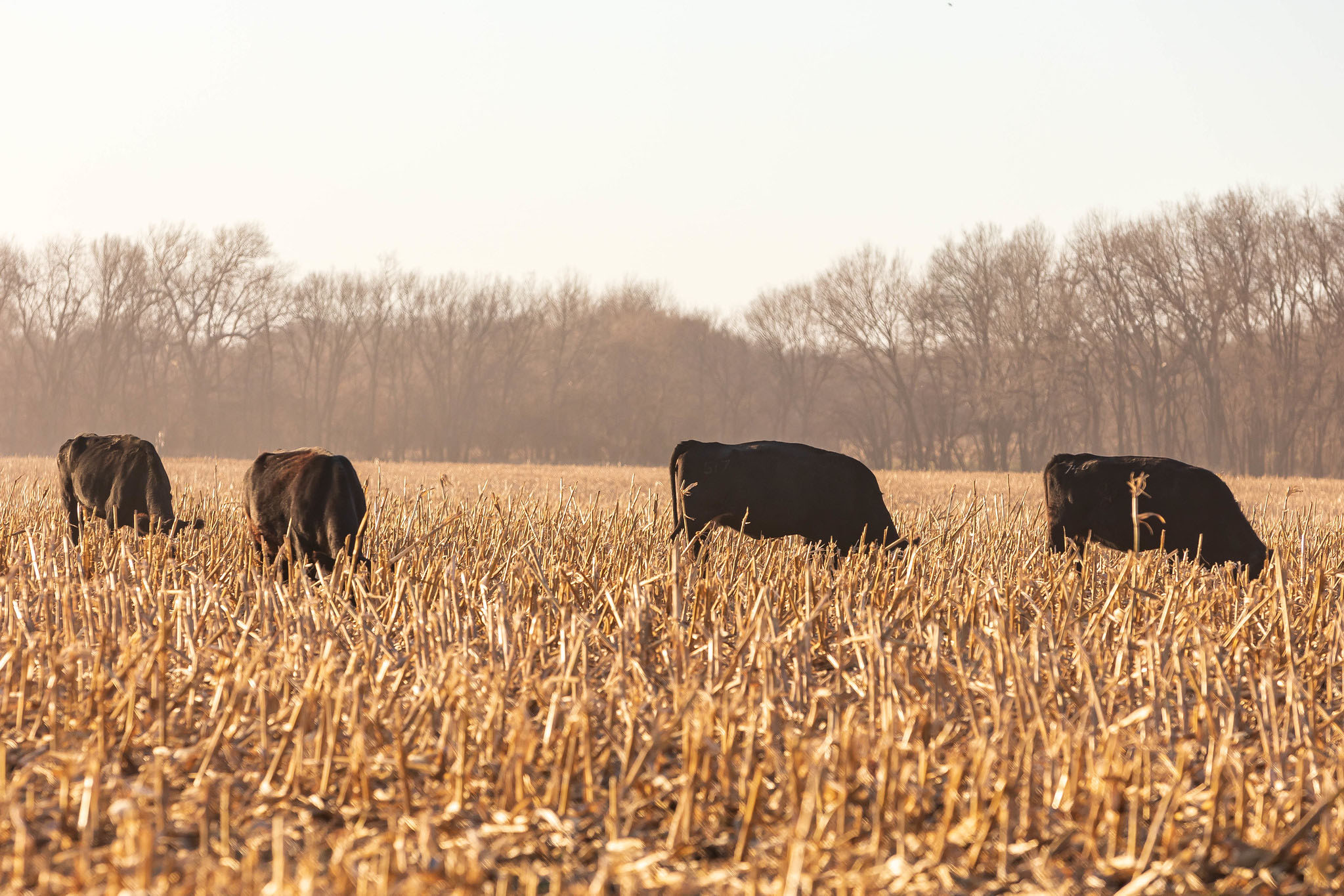K-State Research and Extension cow-calf specialist Jason Warner says that a lack of moisture for most of 2022 has “proven to be very challenging for our cow-calf and stocker operators” in Kansas and surrounding states.
Warner notes that it’s important for producers to form a strategy to manage cattle before drought conditions persist – and then stick to it when times get tough.
“That comes back to managing and understanding our forage inventory, and how we’re going to manage that inventory as we go forward,” Warner said.
One opportunity for producers may be to let cattle graze crop residues immediately after harvest. As time goes on, Warner said, the quality of crop residues declines, so the timeframe is limited.
“Being able to graze those crop residues can be valuable for producers to provide a lower cost alternative solution, and extend the grazing season – potentially saving some additional harvested forages and not having to feed those harvested forages so early in the fall,” he said.
The full video is available online at https://youtu.be/JgbwW-oFe08
K-State Research and Extension video by Dan Donnert



